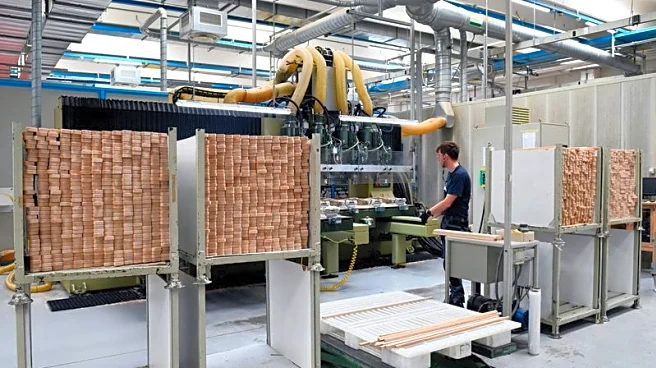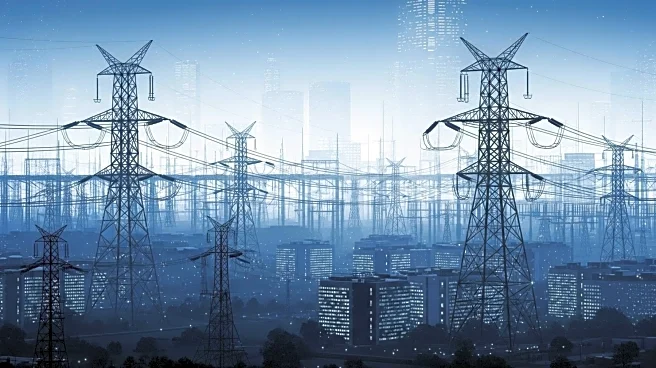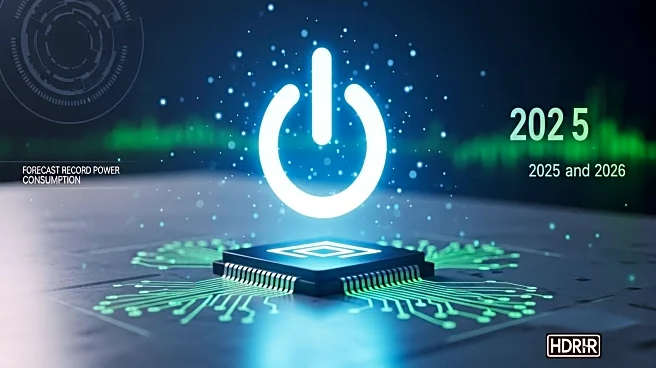What is the story about?
What's Happening?
The U.S. Environmental Protection Agency (EPA) has issued new guidance under its New Source Review (NSR) preconstruction permitting program, allowing developers to begin certain non-emissions-related site work before obtaining a Clean Air Act construction permit. This change aims to reduce regulatory delays and accelerate the construction of power plants, data centers, and manufacturing facilities. The guidance clarifies which early-stage tasks, such as soil stabilization and installation of non-emitting equipment, can proceed without a permit, thereby expediting project timelines.
Why It's Important?
The EPA's new guidance is significant for U.S. infrastructure development, particularly in sectors like energy and advanced manufacturing. By streamlining the permitting process, the agency seeks to enhance U.S. competitiveness and support economic growth. The change is expected to facilitate the build-out of essential infrastructure, contributing to the nation's leadership in artificial intelligence and energy innovation. It also reflects a broader effort to balance regulatory oversight with the need for rapid development in key industries.
What's Next?
The EPA plans to formalize the guidance through rulemaking in early 2026, revising the regulatory definition of 'Begin Actual Construction' to codify the distinction between emissions units and other site activities. In the interim, the agency will continue issuing case-by-case guidance to ensure clarity for developers. Stakeholders, including industry leaders and environmental groups, will likely engage in discussions to shape the final rule and address any concerns related to environmental impacts.
Beyond the Headlines
The EPA's initiative highlights the ongoing debate over regulatory reform and its impact on environmental protection and economic development. While the streamlined permitting process aims to reduce bureaucratic hurdles, it raises questions about maintaining environmental safeguards and ensuring sustainable growth. The agency's actions may influence future policy decisions and set precedents for balancing innovation with environmental stewardship.
AI Generated Content
Do you find this article useful?














